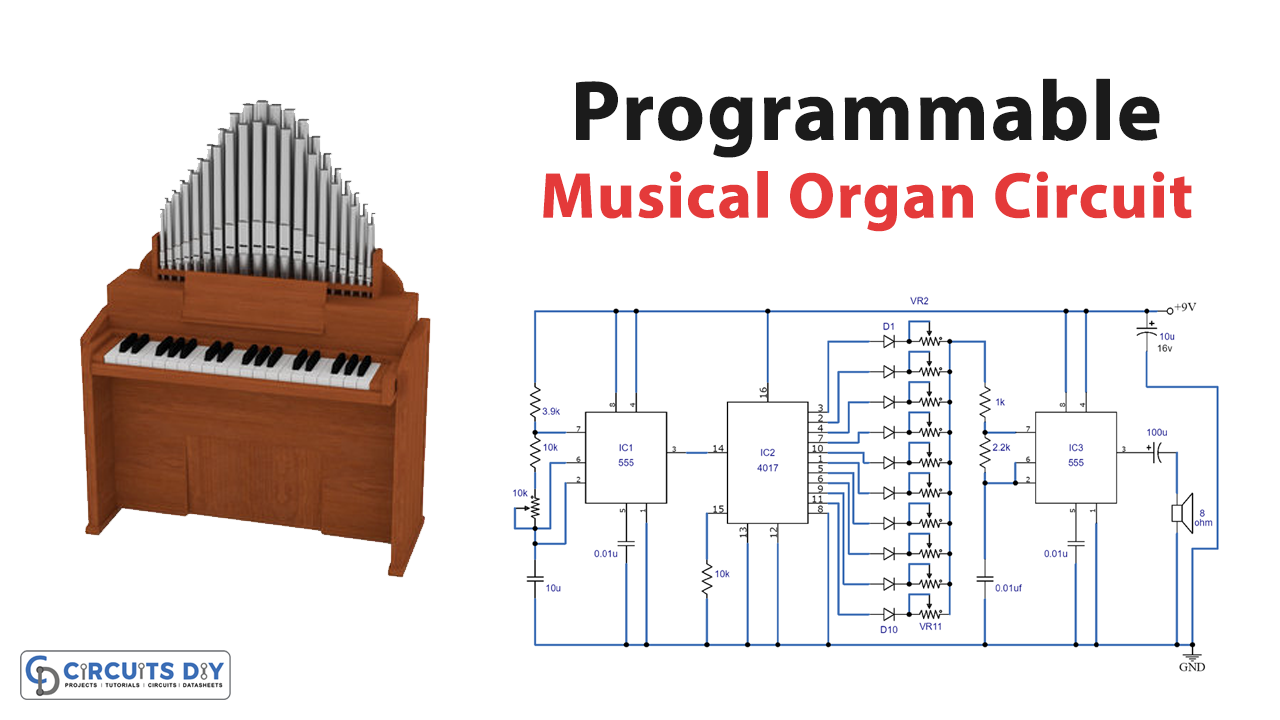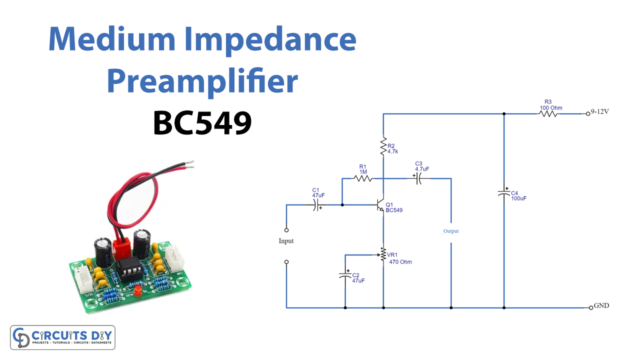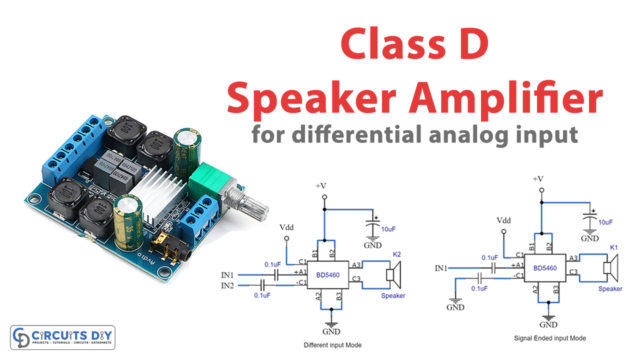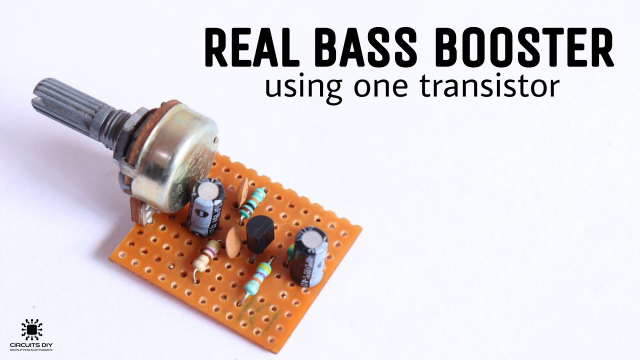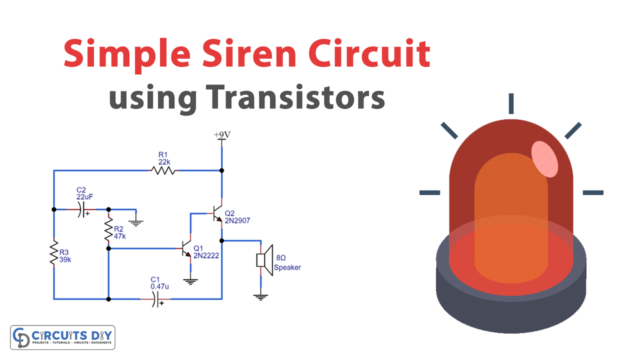Introduction
Music has been a fundamental part of human culture for thousands of years. Music can move us emotionally, from ancient rituals to modern-day events. But have you ever wondered about the inner workings of the instruments that produce these beautiful sounds? Have you ever wanted to create your musical instrument and explore the possibilities of music creation?
In this blog, we will delve into the fascinating world of DIY musical instrument building. We will guide you through building a Programmable Musical Organ Circuit with step-by-step instructions and detailed explanations. So, get ready to unleash your creativity and explore the infinite possibilities of music-making!
Hardware Required
| S no | Components | Value | Qty |
|---|---|---|---|
| 1 | IC | CD4017, NE555 | 1, 2 |
| 2 | Capacitor | 0.01uF | 3 |
| 3 | Resistor | 1k, 2.2k, 3.9k, 10kΩ | 1, 1, 1, 1, 1, 1 |
| 4 | Diode | 1N4148 | 1 |
| 5 | Speaker | 8 Ω | 1 |
| 6 | Polar Capacitor | 10, 100uF | 1, 1 |
| 7 | V.Resistor | 10k | 11 |
Circuit Diagram
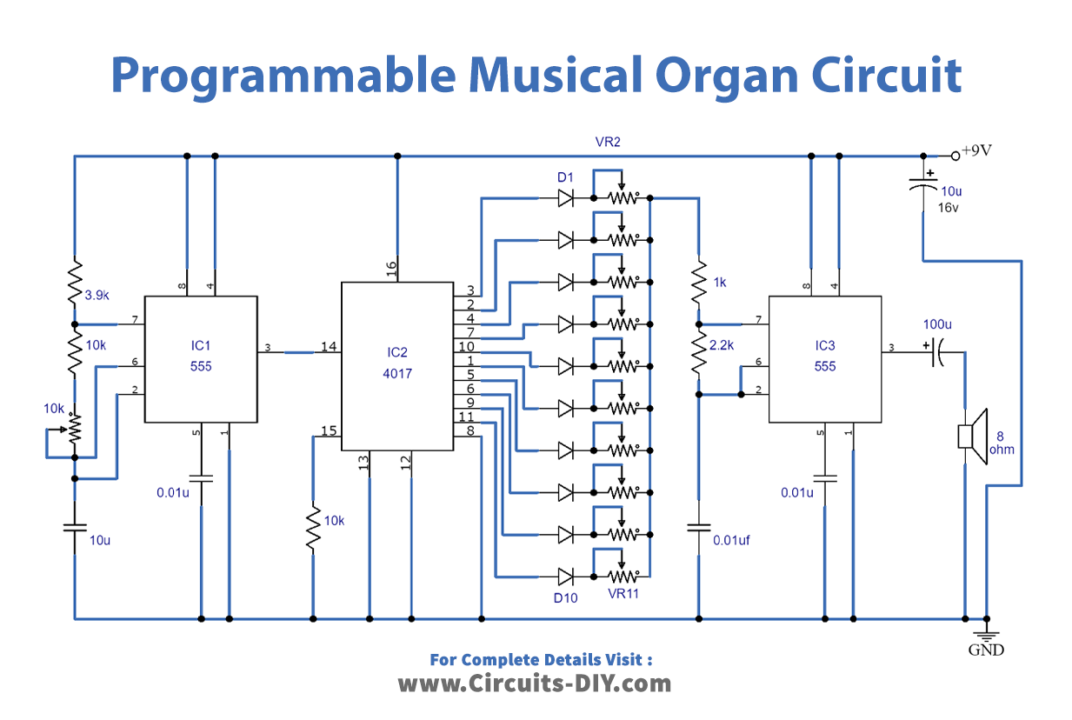
Working Explanation
This programmable musical organ circuit is designed to generate different tones that resemble music by using several ICs and other electronic components. The circuit uses IC1, a 555 timer, to generate a clock signal fed to the clock input pin of IC 4017, a decade counter. Each pulse from IC1 555 turns one of the ten output pins of IC 4017 to high and the rest to low sequentially.
The high pin passes voltage through its connected pre-set resistor, and the voltage passing to IC3 555 changes due to the resistance of the pre-set resistor. IC3 generates different tones, anywhere between a few hundred hertz to a few kilohertz. Adjusting the ten pre-set resistors at different levels makes creating melodious tones from the circuit possible.
IC3 generates the tone and is fed to an 8-ohm speaker through a 100uF capacitor, which blocks any DC signals. The ten diodes connected to all the output pins of IC 4017 prevent current from passing to other output pins while one of the pins is high. This ensures that only one pin is active at a time, allowing to generate a proper tone.
IC1555 determines the speed of the IC 4017 counter, which turns one of the pins to high sequentially and the rest to low. By adjusting VR1, we can control a variable resistor, the speed of the tone. By generating different frequencies with some interval, the circuit can resemble music.
In summary, this circuit uses a clock signal, a decade counter, and a tone generator to produce melodious tones that resemble music. By adjusting the pre-set resistors and the speed of the tone using a variable resistor, the circuit can be programmed to produce different tones and melodies.
Conclusion
In conclusion, the Programmable Musical Organ Circuit is an excellent DIY project for anyone interested in music and electronics. By utilizing several integrated circuits and other electronic components, this circuit allows you to generate musical tones that resemble music.
We hope you found this blog informative and helpful in your DIY musical instrument-building journey. If you have any queries or suggestions, please use the comment section below. And as always, keep exploring and creating!


